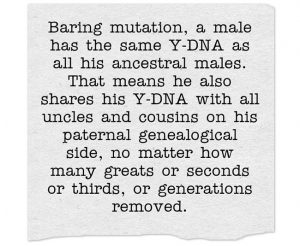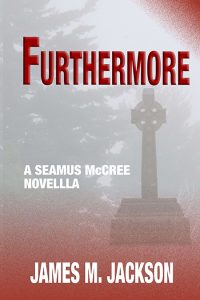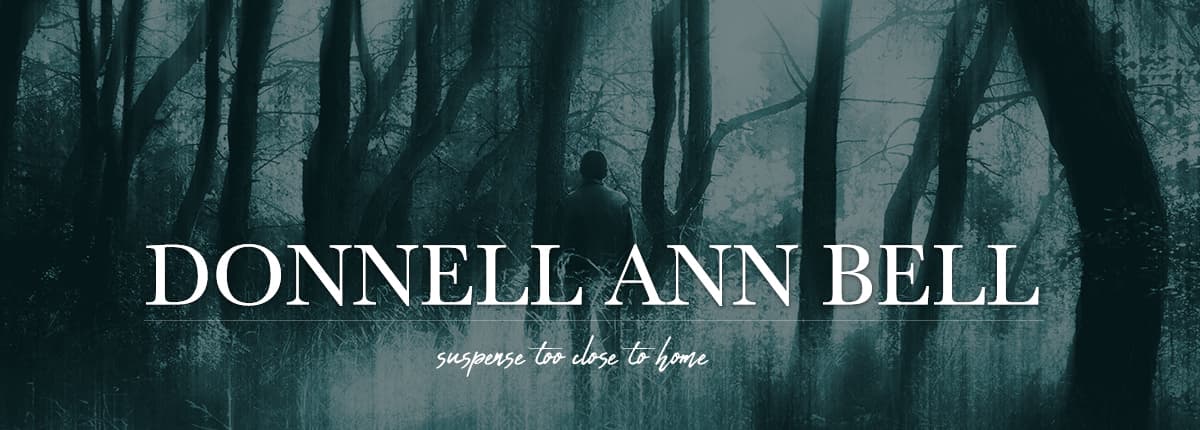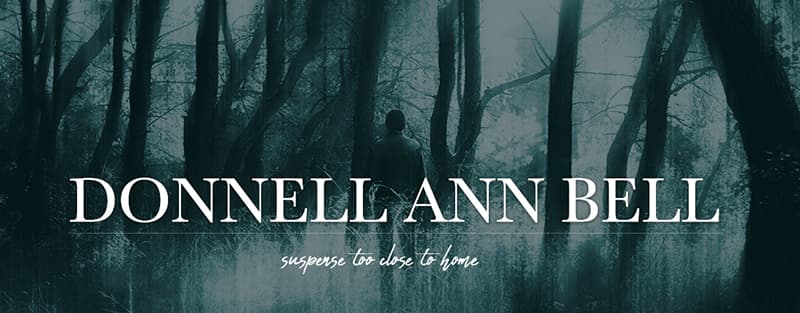
Readers, If you’ve never read the Seamus McCree series written by James M. Jackson, suspense/thrillers with a financial crime twist, read on, then remedy that situation posthaste. It is my pleasure to host Jim Jackson on Help From My Friends Friday. ~ Donnell
By: James M. Jackson
Imagine you meet someone who looks a lot like you and you discover they are adopted. Could they be a member of your extended family, and if so how? DNA can answer that question—maybe—and that’s the situation Seamus McCree finds himself in the novella “Furthermore.”
In early science classes, we learned the basics of human DNA: We have twenty-six pairs of chromosomes. One pair determines our gender. We receive an X chromosome from our biological mother (because females have 2 X chromosomes, and we get half our genes from each parent). Our biological father determines our gender because we either receive his Y and become male or his X and are female. You may have subjected your parents (or been subjected by your children) to a questionnaire about eye color, who can roll their tongue, whose earlobes are attached or not, which toe is the longest. Those answers taught us about dominant and recessive genes.
My mother was adopted, which she did not learn until after both of her parents had died. There were no laws about informing children back then and, according to Mom, many people told her she looked very much like her father. Twenty-one at the time of her mother’s death, she was flabbergasted when an aunt told her the truth. She never looked for her biological parents and never wanted DNA testing.
Without knowing how her ancestors looked or behaved, our family needed to explain genetic oddities. For example, where did my red hair highlights come from when my mother’s hair was always very dark, and my father had been a blond kid whose hair darkened at puberty? Our answer was “Uncle Jezebel.” (Yes, I realize Jezebel is a woman’s name, I have no explanation for the gender confusion.) Uncle Jezebel explained why I can’t see the big E on an eye chart even though my father was far-sighted, and my mother didn’t have to wear her glasses to drive until she reached her sixties. Uncle Jezebel also came in handy for my parents to explain aberrant childhood behaviors that neither parent wanted to claim as theirs.
explain genetic oddities. For example, where did my red hair highlights come from when my mother’s hair was always very dark, and my father had been a blond kid whose hair darkened at puberty? Our answer was “Uncle Jezebel.” (Yes, I realize Jezebel is a woman’s name, I have no explanation for the gender confusion.) Uncle Jezebel explained why I can’t see the big E on an eye chart even though my father was far-sighted, and my mother didn’t have to wear her glasses to drive until she reached her sixties. Uncle Jezebel also came in handy for my parents to explain aberrant childhood behaviors that neither parent wanted to claim as theirs.
If an actual Uncle Jezebel were to show up and claim to by my relative, what ways can DNA testing prove or disprove the claim? Let’s start with the Y chromosome (Y-DNA). It’s terrific for disproving biological fatherhood. A male child inherits his father’s Y-DNA. If two individuals have different Y-DNA, they are not father/son. Nor do they share any common male ancestor. Baring mutation, a male has the same Y-DNA as all his ancestral males. That means he also shares his Y-DNA with all uncles and cousins on his paternal genealogical side, no matter how many greats or seconds or thirds, or generations removed.
Y-DNA testing can prove relatedness between men, but not relationship.
Does the same thing work for females with the X chromosome (X-DNA)? Not quite, as I’ll explain below. But Mitochondrial DNA (mtDNA) does!
Unlike Y-DNA or X-DNA, mtDNA resides outside the cells’ nucleus. Not part of the  twenty-three pairs of DNA, it is passed down through the mother’s egg. It comprises over 16,500 pairs of molecules called nucleotides. Because only mothers provide it, any two individuals with the same mtDNA share a common female ancestor.
twenty-three pairs of DNA, it is passed down through the mother’s egg. It comprises over 16,500 pairs of molecules called nucleotides. Because only mothers provide it, any two individuals with the same mtDNA share a common female ancestor.
Mitochondrial DNA changes much less rapidly than Y-DNA. While that makes it valuable to provide clues of maternal ethnic and geographical origins, as with Y-DNA, mtDNA can’t sort out relationships, only disprove them.
While doing research, I thought, “Aha! Combine X-DNA with Y-DNA or mtDNA, and you can get the full picture.” Not so. When you have two DNA strands of the same chromosome (one from each parent), they don’t stay pristine. They tend to swap elements, like kids with baseball or Pokémon cards, mixing and matching. That means the X-DNA passed from mother to child is a combination of the X-DNA from the mother’s parents. X-DNA passed from father to female child is his mother’s DNA (Y-DNA and X-DNA do not mix).
Because of this X-DNA mixing and matching (the same thing happens for each of our twenty-two paired chromosomes), DNA tests don’t look at “pure” comparisons. Instead, they measure the length and number of sequence matches—strings of exact gene matches in the DNA with the same start and stop locations. Longer and/or more frequent matches make it more likely we can determine relationships between individuals.
The fourth type of DNA test is autosomal (atDNA). The autosomal chromosomes comprise the twenty-two paired chromosomes, (the remaining DNA after excluding the X & Y sex chromosomes and mtDNA. Autosomal DNA makes up 94-95% of our DNA. Testing atDNA uses the same sequence-matching technique as used on Y-DNA. With all the extra material, however, atDNA provides the basis for significant accuracy improvements.
For example, 23andMe claims the following probabilities of finding specific relationships given two samples:
| Cousin relationship | Probability of detecting |
| 1st Cousin or closer | ~100% |
| 2nd Cousin | >99% |
| 3rd Cousin | ~90% |
| 4th Cousin | ~45% |
| 5th Cousin | ~15% |
| 6th Cousin and beyond | <5% |
With more samples from your genetic tree (grandparents or great-grandparents, known great aunts and uncles, etc.) tests can achieve even better results.
Commercial outfits often provide two- or three-weeks’ turnaround. That’s lightening speed compared to the labs most police departments use, which, because of backups, require months. Also, those facilities must follow strict procedures to assure no evidence contamination. The tale in “Furthermore” takes place over five days. Seamus, understanding the requirements of his author, contacted friends who knew of a commercial outfit who (for an appropriate fee) could turn the test around in a day.
I hate spoilers (especially in a story I hope you might buy and enjoy), so I won’t discuss what he suspects, but to give the lab as much information to as possible, Seamus provides the testers with DNA from himself, his mother, and the mystery woman. That combination is sufficient to uncover third cousins on Seamus’s father’s side and probably fourth cousins on his mother’s side.
You’ll have to read the story to find out if it was enough.
* * *
 A short read packed with twists and turns.
A short read packed with twists and turns.
With hidden money and connections to reach past his prison walls, the Happy Reaper threatens to avenge his capture and eliminate the entire McCree clan. Seamus must neutralize him, but how?
DNA can answer the question of who’s included in the McCree clan. Every family has secrets. Who has the right to know?
* * *
About the Author: James M. Jackson authors the prize-winning Seamus McCree series consisting of six novels, two novellas, and several short stories. Full of mystery and suspense, these thrillers explore financial crimes, abuse of power, family relationships, and what happens when they mix. A lifetime member of Sisters in Crime and prior president of the 900+ member Guppy Chapter, Jim splits his time between the deep woods of Michigan’s Upper Peninsula and the city delights of Madison, Wisconsin. You can find out more about Jim and his books at https://jamesmjackson.com.











Thanks for having me, Donnell. I have satellite internet just now, so my replies may be slow, but I’m happy to answer any questions.
~ Jim
Jim, thank you for being my guest! I am digging into your novella tonight! Darn this being a writer, it interferes with my reading time. I know anytime I read your work, I’m going to entertained AND educated.
Interesting post, Jim. And as thorough as usual.
Thanks for the post. I didn’t know about the Ydna. Interesting. The novella sounds intriguing.
Hi Grace — I do have a reputation to uphold ?
Jillian — I learned a bunch I hadn’t known before digging into this.
Donnell, it’s a short read so you shouldn’t lose too much sleep. ?
Genetics is so interesting. Thank you for sharing!
Hey Vicki — my pleasure.